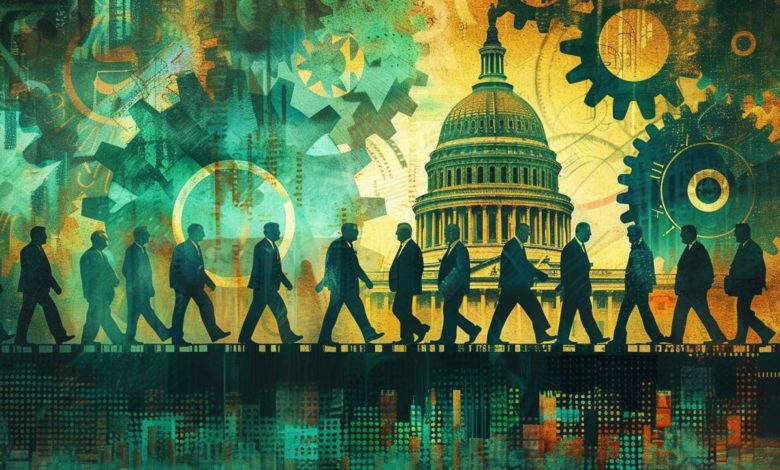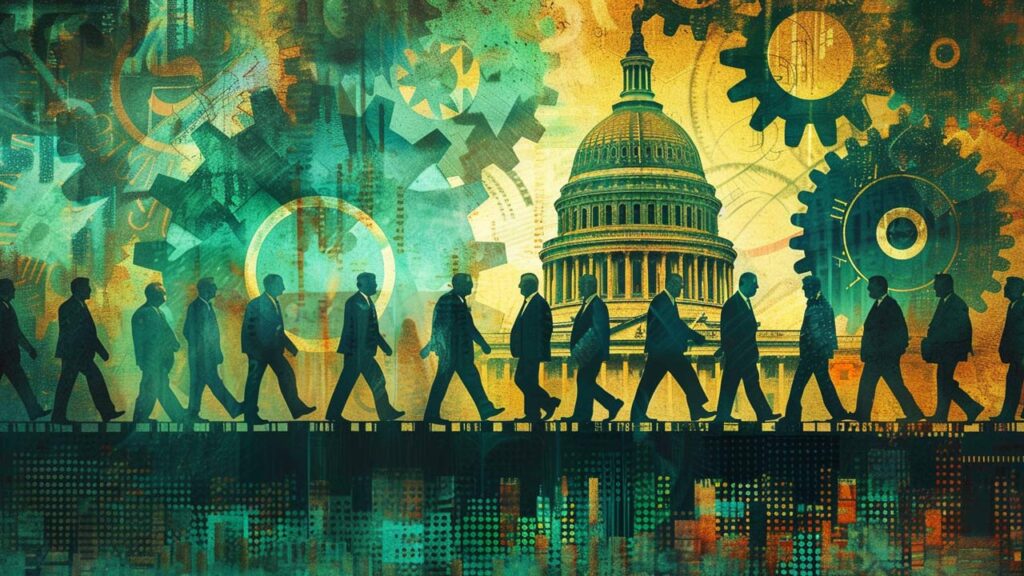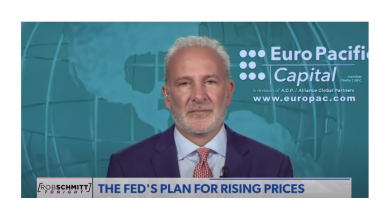PIMCO: The Fed Needs More Unemployment

Analysts at PIMCO say that for the Fed to reach its goal of lowering inflation to 2%, we need fewer people to be employed. Reduced incentives to offer raises and bonuses and less spending from the “resilient” American consumer can help cool down inflationary pressure. But there’s an elephant in the room: Why do we let a handful of unelected central planners decide what’s best for markets (and human beings) to begin with?
Part of the problem is that “markets” are people, and part of the darkness of central banking is that to do the job at all, those people have to be reduced to numbers on a screen. Data in a spreadsheet. Lines on a graph. Central bankers also have to think that they are so all-knowing that they can adjust the levers of the economy to responsibly achieve goals within a system of near-infinite complexity. The human cost of this monetary policy hubris is almost ineffable in scope.
Reacting to the Fed’s report about inflation data earlier this month and what it means for unemployment numbers, PIMCO’s Tiffany Wilding said:
“(the report) should raise real questions about the extent to which inflation will move back to target absent some further easing in the labor market.”
But some analysts disagree. As Oxford’s Michael Saunders told the Financial Times about reducing inflation in the US and Eurozone, he thinks that the inflation targets can be met through the wonders of “immaculate disinflation,” where inflation is brought down and kept at the 2% level without a major uptick in the unemployment rate:
“Immaculate disinflation, whereby inflation returns sustainably to target without a significant rise in unemployment, has become the base case.”
The term “immaculate disinflation” powerfully exemplifies the supreme arrogance of central banking by cloaking them in the language of Christian divinity. But what is the “correct” level of employment anyway? “Maximum employment” is part of the Fed’s mandate, which makes it sound like central bankers want everyone to have a job. However, the reality of the doublespeak is very different.
The meaning of the “maximum employment” mandate is that the Fed wants the correct number of people to have jobs. Determining exactly what the “correct” number is in practical terms is a guessing game of central bank wizardry, but it basically boils down to whatever number the Fed thinks is necessary for achieving their 2% inflation goal.
However, the precise nuances driving the dynamics between inflation and unemployment are something that not even the Fed’s economists can agree on with any finality. The details of the inflation-unemployment tradeoff have been a long-standing debate in economics, with different sides taking different positions based on their endless self-referential analyses and Keynesian math, as seen earlier this month in this report from analysts at the Federal Reserve Bank of New York. Discussing the inflation-unemployment debate, which was reignited among economists and central bankers during the Covid-19 pandemic, they say:
“One camp argued that the surge in inflation was driven primarily by transitory factors, such as global supply chain disruptions and demand shifts, with little negative growth consequences of disinflation for the US economy. A more pessimistic view embraced by others envisioned a costlier disinflation process leading to a recession.”
This chart from the St. Louis Fed shows the drastic spike in unemployment that helped fuel the debate, along with innumerable other disruptions caused by the global response to the virus (providing endless academic fodder for economics researchers):
The Covid-19 Unemployment Spike
Whichever camp has the more accurate take, when it comes to pushing for lower employment rates to tame inflation that the Fed’s policies created, central banks punish human beings for the results of their own policies. And even at the 2% inflation target, the central bank is constantly reducing your future purchasing power to provide pseudo-infinite funding for an overstretched empire, or as Ron Paul aptly calls it, the Welfare Warfare State.
Regardless of whether the rate of inflation is 2%, 4%, or much higher, the common denominator is this: Central Banks are stealing your money.
Call 1-888-GOLD-160 and speak with a Precious Metals Specialist today!
Buka akaun dagangan patuh syariah anda di Weltrade.
Source link








